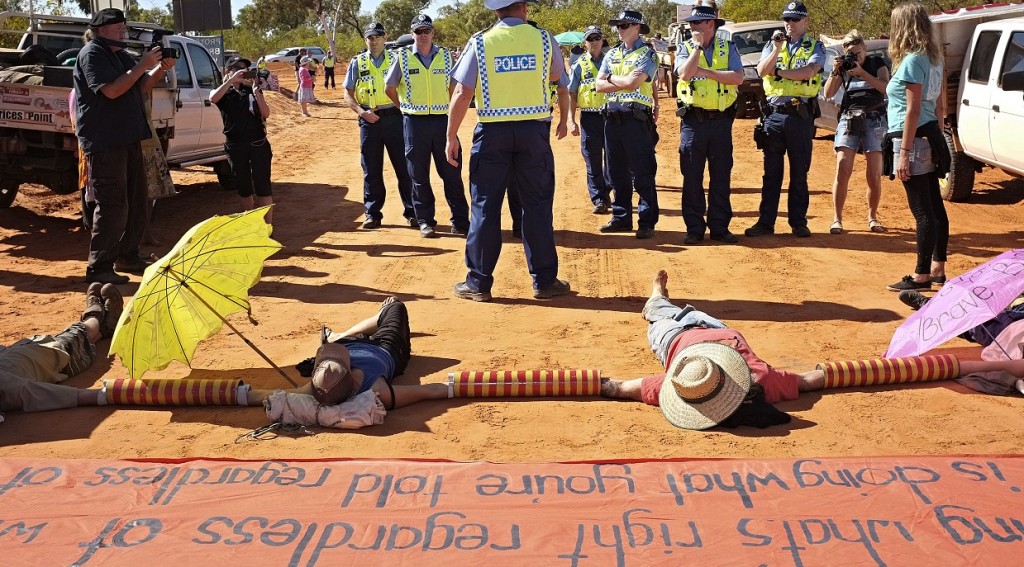People using civil disobedience and nonviolent direct action have successfully created change for hundreds of years. The civil rights movement, suffragettes and people power driving the overthrow of dictators have inspired many.
In Australia, we have seen significant wins. Hundreds of people participated in civil disobedience in the Franklin River and Jabiluka campaigns. Direct action has saved forests across the country. Deportations of refugees have been halted. Staunch picket lines have secured wins for workers and so much more.
When nonviolent direct action is done well it can be relatively safe, a positive experience and lead to significant social change. Here are some old favourite resources to help you with practical direct action.
We'll be adding more to this section, including: * reference material on the difference between direct action and protest; * where civil disobedience and direct action cross over, and where they don't; * a range of perspectives on all kinds of direct action: from mutual aid, to guerilla gardening, to food not bombs; * recent resources on what most people commonly are referring to when they say direct action: an activity that is directly intervening to stop something destructive or fill a need, rather than asking others.
Direct Action resources

- The activist handbook section on Direct Action is a great overview
- Delia’s guide to blockading – great overview of physical tactics (Delia is over 20 years old and got a shout out in the Australian parliament bless her)
- Ruckus – amazing page of manuals and resources for scouting, direct action, media and more
- Organising for power – heaps of direct action resources
Please note: Just because we have listed a range of websites that collectively link to thousands of resources and web pages doesn’t mean that we endorse every tactic listed within. It’s up to every individual to make up their own mind about what tactics they want to use.

